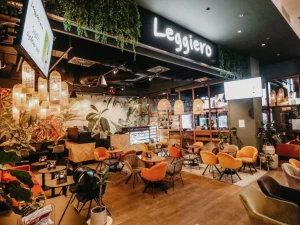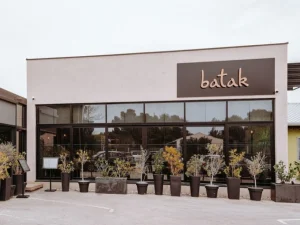These days, serving great food just isn’t enough. You can have the best burger in town, but if the service is slow, the bathroom’s a mess, and your team’s exhausted, guests won’t be back, that’s for sure.
This is basically what restaurant operations management handles. It’s everything behind the curtain that keeps your restaurant rolling, from hiring and scheduling to inventory, checklists, and guest experience. Basically, it’s how you turn the chaos into effortless business.
In this blog, we’ll go through what restaurant ops management really means, why it’s the not-so-secret sauce to running a successful spot, and how to start tightening things up without burning out.
What Is Restaurant Operations Management?
Restaurant operations management is the magic behind the counters, that makes everything run smoothly. It’s about getting all the moving parts of your restaurant to work together so that guests have a great experience, and your team can do their best work.
Think of it as the “glue” that holds everything together. It covers all the critical functions of running a restaurant, like:
Staffing: Hiring, training, and making sure the team’s set up to succeed.
Inventory: Keeping track of stock, managing orders, and making sure you never run out of your signature dish.
Service: Creating a consistent, top-notch guest experience from the moment they walk in, to the moment they leave.
Compliance: Following health codes, safety standards, and all the legal stuff (because no one wants a surprise inspection).
Scheduling: Ensuring you’ve got the right number of staff on shift at the right times, and no one’s pulling double duty (unless they want to).
In restaurant ops lingo, it’s more common under front of house (FOH) vs. back of house (BOH) roles.
FOH covers everything your guests see: servers, hosts, bartenders. Basically, the people who make the guest experience unforgettable.
BOH is all the behind-the-scenes action: chefs, dishwashers, prep cooks, keeping the kitchen running efficiently, and ensuring every plate that leaves the kitchen is as it should be.

What Does a Restaurant Operations Manager Actually Do?
A restaurant operations manager is like the restaurant’s air traffic controller – this person makes sure everything runs smoothly, which often includes juggling a hundred things at once. They’re the ones who ensure that guests get an awesome experience, the kitchen runs like a well-oiled machine, and the staff knows exactly what they’re doing.
On a day-to-day basis, they’re responsible for:
Managing staff: Scheduling shifts, overseeing training, and making sure everyone’s in the right role at the right time.
Handling inventory: Keeping track of stock, ordering supplies, and preventing waste (because nobody wants to toss out food just because it wasn’t ordered in time).
Ensuring service consistency: From greeting guests to ensuring food gets to the table on time, they make sure the service is smooth and consistent.
Enforcing compliance: Making sure health and safety protocols are always followed so there are no surprises (and no fines).
Troubleshooting problems: Whether it’s a burnt order, a mistake in team scheduling, or a frustrated guest, the ops manager is the go-to person for solving problems.
Key skills? Think multitasking, people management, and problem-solving. They’ve got to juggle a million tasks at once without breaking a sweat. Their job involves anything from calming down a stressed-out chef to fixing an overbooked reservation list.
How do they impact guest satisfaction and profitability? When an ops manager is on top of their game, everything clicks.
Happy staff = happy guests.
Efficient service = higher turnover rates and fewer mistakes.
Smooth ops = better margins.
Simply put, their role is the backbone of a profitable restaurant that people love to come to.
Key Areas to Focus On in Restaurant Operations Management
Running a smooth restaurant and restaurant ops management is everything but doing it all on your own. It’s about knowing what to focus on and building smart systems so your team can keep things running without you constantly being there to hold their hand. These are the areas where great operations are won (or lost):
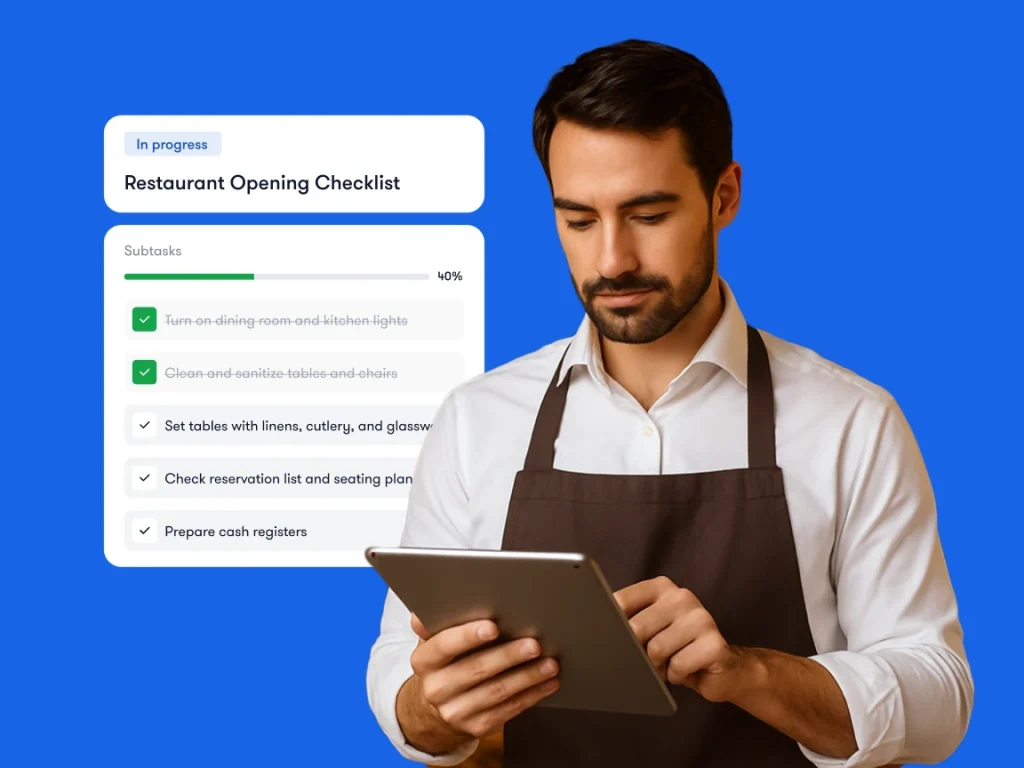
SOPs (Standard Operating Procedures)
These are your recipes for consistency. Standard Operating Procedures (SOPs) ensure that everyone, from the new hire on their first shift to your most seasoned line cook, knows exactly what to do and how to do it. Whether it’s taking orders, cleaning tables, or prepping food, SOPs keep quality steady and expectations clear. With them in place, you don’t need to micromanage, you can step back and let your systems do the talking.
Take Chipotle, for example: their success across hundreds of locations comes down to detailed, repeatable procedures for everything from cooking rice to greeting guests. That consistency is what keeps customers coming back, knowing they’ll get the same experience every time.
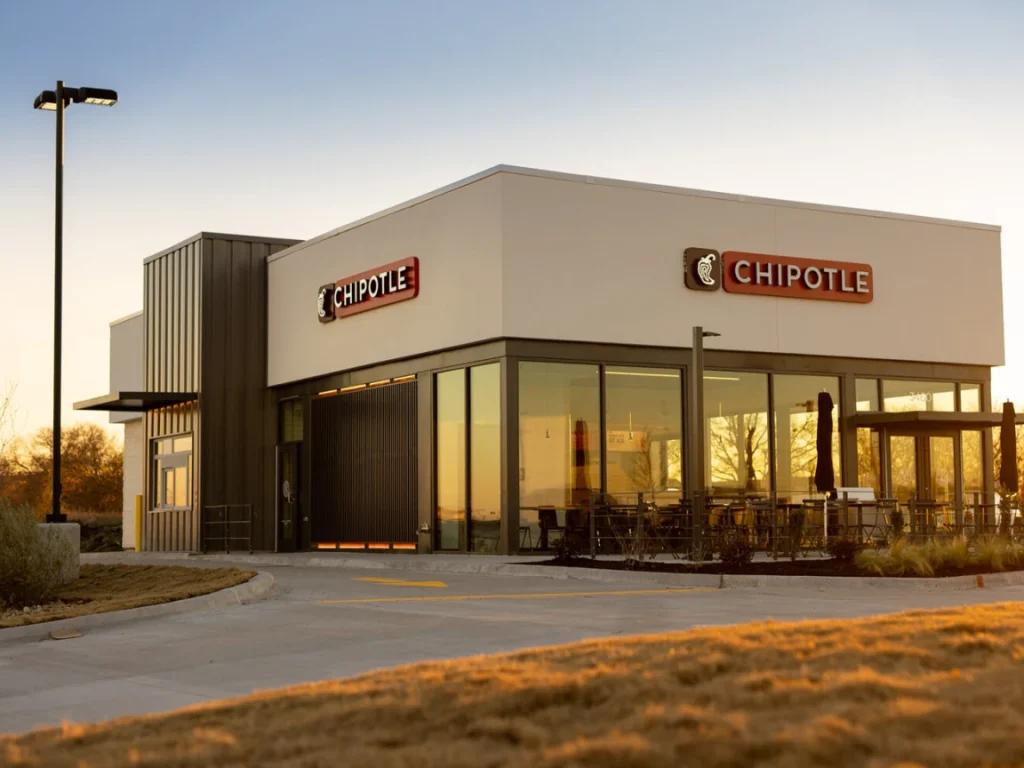
Image source: Duffey Southeast – Chipotle Fort Worth
Team dynamics
Building a strong team is the foundation of any well-run restaurant. It starts with finding the right people: those who not only bring skills but the right energy. Then comes training, not just once, but continuously, so expectations are clear and everyone knows what great service looks like. But the real magic happens when you create a culture of trust and ownership. When your team feels supported, respected, and proud of their work, the whole place runs smoother – less drama, more collaboration, and a front-of-house that actually enjoys serving guests.
Just look at Union Square Hospitality Group, led by Danny Meyer. Known for pioneering “enlightened hospitality,” Meyer emphasizes treating staff with the same care as guests. His team-first philosophy has helped create legendary restaurants like Gramercy Tavern and Shake Shack, where employee morale directly boosts guest satisfaction and loyalty. When the people behind the scenes feel good, you can see it on every plate and in every interaction.
Inventory control
When your inventory is under control, your kitchen runs smoother, your margins look better, and your team isn’t stuck explaining why a best-selling dish is suddenly not available. No more guessing games or last-minute supply runs.
Smart inventory practices, like setting par levels, rotating stock with FIFO, and doing regular counts, help you avoid waste, prevent shortages, and stop over-ordering “just in case.” Plus, with the right tools, you can spot usage trends and plan better instead of having to figure something out in the middle of the shift.
Guest experience
Everything from the cleanliness of your restaurant to the speed of service impacts the guest experience. Feedback tools help you listen to what guests are saying, while consistent attention to cleanliness and speed will keep them coming back for more.

Daily tasks and audits
It’s easy to focus on the big stuff (like menu updates, marketing, events) but in restaurants, it’s the little things done right, every day, that keep everything going. That means making sure opening checklists are followed, side work gets done, restrooms are spotless, and the kitchen passes every safety check.
These daily routines might feel like small boxes to tick, but when they slip, you feel it. Guests notice. Staff scramble. And suddenly, your day turns into a series of mini-fires.
That’s why audits are crucial. Regular checks, whether it’s a manager walk-through, a surprise spot-check from an area manager, or even self-audits, help keep standards high. It’s a simple rule: what gets tracked, gets done.
The best part? With digital tools like Bitreport, you can ditch the clipboard and track everything in real-time, from your phone. You’ll know exactly what’s been done (and what hasn’t), without chasing down team members or digging through messy paper logs.
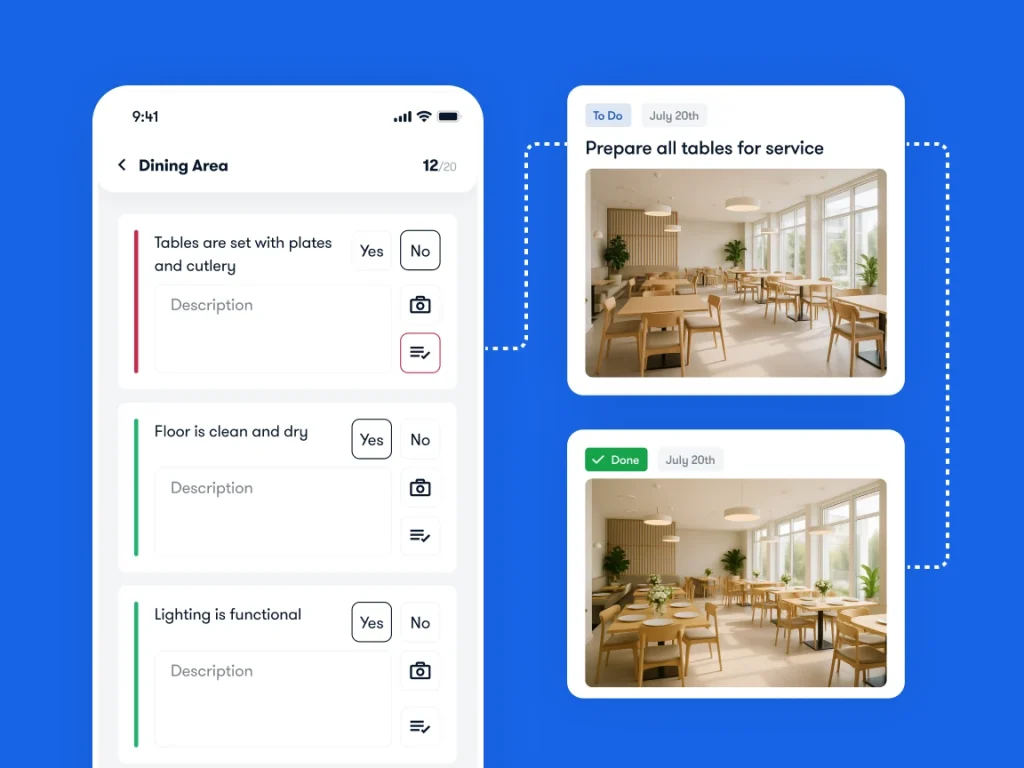
How Is Tech Changing Restaurant Operations Management
Restaurant operations are no longer about clipboards and binders, they’re about cloud-based systems that make your life easier. Here’s how tech is changing the game:
Shift from clipboards to cloud: Forget about handwritten notes and spreadsheets. Today, restaurant managers rely on digital systems for everything from scheduling to inventory tracking. Tech tools help you track operations in real-time, so you never miss a beat.
The role of tools: Platforms like POS systems, scheduling software, and tools like Bitreport are designed to streamline your day-to-day operations. These tools centralize information and make it easier to stay on top of everything from team performance to inventory.
Centralization and real-time oversight: Tech allows you to have a bird’s-eye view of all your operations, no matter how many locations you have. With real-time data, you can make informed decisions, quickly solve problems, and stay ahead of issues before they escalate.
Conclusion: Start Small, Stay Consistent
You don’t need a total overhaul to see big improvements. Start by tightening up the basics – clear roles, smart checklists, and tools that make everyone’s job easier. It’s about building momentum, not perfection.
When your team has clarity and your systems have your back, you’ll spend less time firefighting and more time focusing on what you do best: creating great experiences. Nail the fundamentals now, and you’ll be ready to scale, grow, and handle whatever surprises the restaurant world throws at you.




